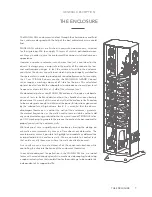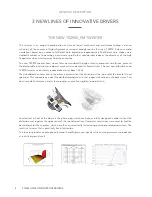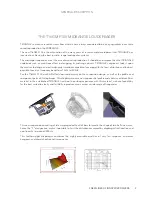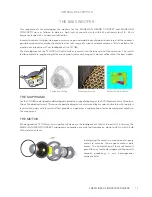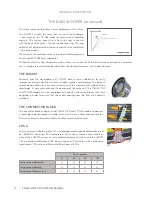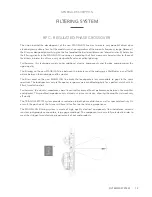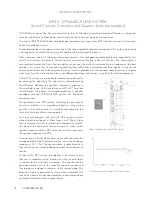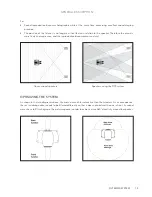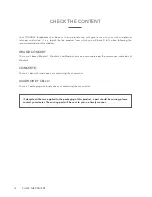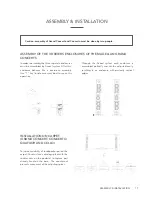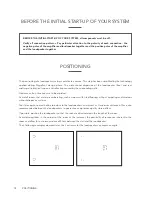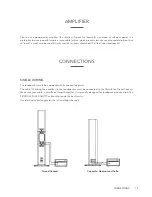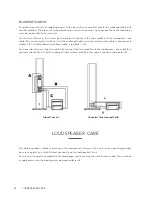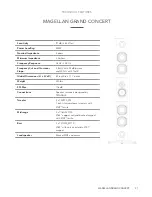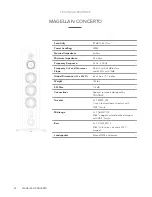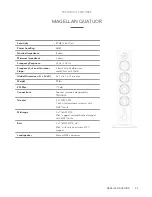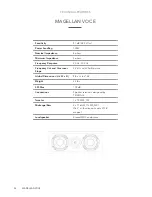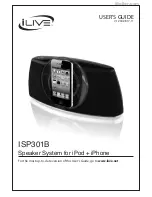
14
FILTERING SYSTEM
DPS 2 - DYNAMIC PULSE SYSTEM
Grand Concert, Concerto and Quatuor (only the tweeter)
TRIANGLE was one of the first manufacturers to turn its attention to symmetric bipolar diffusion, resulting from
research into directivity lobes better understand how the human ear perceives sound waves.
As early as 1988, TRIANGLE had already begun incorporating a type of pre-DPS into their innovative Transept II,
Zenith II and Elypse systems.
A long interruption in the commercialization of this type of product allowed us to optimize the system, particularly
with regards to the driver/filter pairing, to enable perfect phasing of the drivers.
After numerous hours of listening and measuring tests, this configuration demonstrated its adaptability to a
variety of listening environments. Conventional systems do not feature a driver in the rear. The sound signal is
only radiated towards the front. Positioning the system near the walls will reinforce the low frequencies (the bass
sounds). This means that conventional speaker systems suffer from a compromised tonal quality if they are not
correctly positioned in the listening area. One way to fix this problem with conventional speaker systems is to place
them away from the walls and then to try out different positions in the room, in search of the ideal compromise.
In the DPS 2 system, we were able to improve the sonic quality
by reducing the directivity. The directivity is characterized by
the difference between the speakers’ frequency response in
the mid-high range of the centerline and 30° off. The wider
the difference, the greater the speaker directivity. A speaker
equipped with the TRIANGLE DPS system has front-back
sound emission.
The principle of the DPS system, following the example of
live music - whether it is a symphony orchestra, a jazz or string
quartet - will send out almost as much sound energy to the
front as to the back of the emission point.
Let’s take two speakers, one with the DPS system and one
without, both positioned at 40cm from a wall. We will take
two measurements at 30° in relation to the speaker centerline.
The dotted line represents the measurements taken of the
speaker response without DPS while the solid line represents
the speaker response with DPS.
As you can see, with the DPS system, we are able to capture the
energy outside of the listening centerline, since the frequency
response at 30° is flat. The sound volume is spread evenly in
font of the listener, instead of being focused into one beam of
sound.
Thanks to the DPS system, the speaker is less directive and
thus less susceptible to the creation of warm or cold spots
in relation to the listening environment. The speaker can be
positioned more easily in the room for acoustic reasons and
thus produces a deeper and more stable sound image. The
balance of tone is preserved as it was when recorded. This
means that there is a wider opening of the sound stage without
any added coloration of the original signal.
Model and principle of the DPS 2 system
Low directivity at 30° owing to the DPS 2 System
TM
FRONT
BACK
GENERAL DESCRIPTION
Summary of Contents for MAGELLAN CELLO
Page 2: ......
Page 4: ...4 ...
Page 6: ...4 ...
Page 29: ......
Page 30: ... DESIGN BY TRIANGLE IN FRANCE ...








